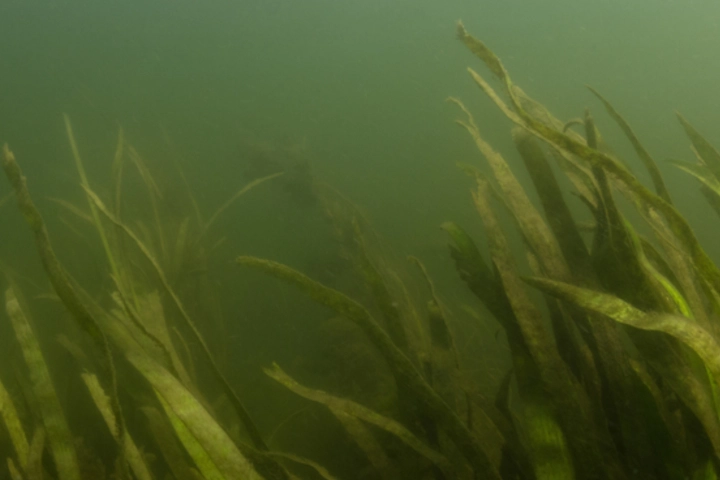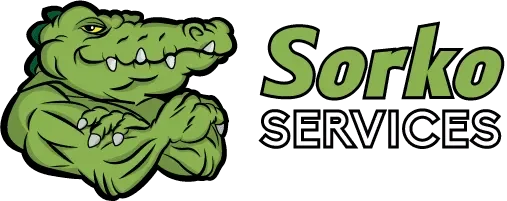
Floating and emergent plants like water lilies and cattails are easy to spot, as they tend to be rooted in shallower areas and are visible above the surface of the water. But, submersed plants, plants that are primarily underwater, are not as noticeable. While Florida’s native submersed plants are beneficial to your lake or pond, non-native invasive plants can drag the whole body of water down. Being able to tell the good submersed plants from the bad can help you determine the health of your lake and whether you need to hire professional aquatic services. Here’s what you need to know about Florida’s native and non-native plants so that you can identify them in your own body of water.
Native Floridian Submersed Plants
Florida’s native submersed plants aren’t a hindrance to a healthy lake at all—in fact, they are essential to it. They promote the oxygen levels in the water, control algae populations, provide cover for aquatic animals, and filter out toxins in water. Here are some of Florida’s most common submersed plants.
-
Tape Grass
A long, thin type of underwater grass that is found throughout clear lakes, rivers, and springs, Tape Grass beds are a favorite hiding spot for fish like bass, bluegill, and shad. It is typically dark green, and looks like long noodles or strands of tape.
-
Sago Pondweed
Growing primarily in the shallows, Sago Pondweed is a thin, pine needle-like grass that has many slender branches.
-
Florida Bladderwort
This is one of Florida’s only carnivorous plants. Using bladder traps attached to small leaves, the Bladderwort can digest small animals like mosquitoes and their eggs.
Non-Native Submerged Plants in Florida
Florida’s lakes have a significant problem with invasive species. Non-native plants thrive in our waters, throwing off the delicate ecological balance in aquatic habitats. When these invasive species take over lakes and ponds, the population of native plants and animals suffers greatly.
-
Hygrophila
This invasive plant almost looks like a collection of long, thin leaves, green to brown in color. Since it is rooted in the waterbed and can extend to the surface, it can totally overshadow other plants and take over bodies of water.
-
Hydrilla
The most notorious invasive plant in Florida, hydrilla regularly tops the Prohibited Aquatic Plants List because it can spread through lakes extremely quickly. This long, thin, spiky plant tangles together and forms immense beds that can float on the surface of lakes.
-
Limnophila
A rooted plant with puff-ball leaves that can extend above the surface, this species can overrun a lake by blocking sunlight from native species and reducing oxygen in the water.
Aquatic Plant Control
Notice any of the invasive species above? If so, call Sorko Services immediately. These plants can take over your body of water in the blink of an eye, and it can take a while to reverse the damage from a hydrilla or hygrophila infestation. Fortunately, we can help with any aquatic plant issue you may have. For more information on our services, please call 407-878-4492 or visit us online.
